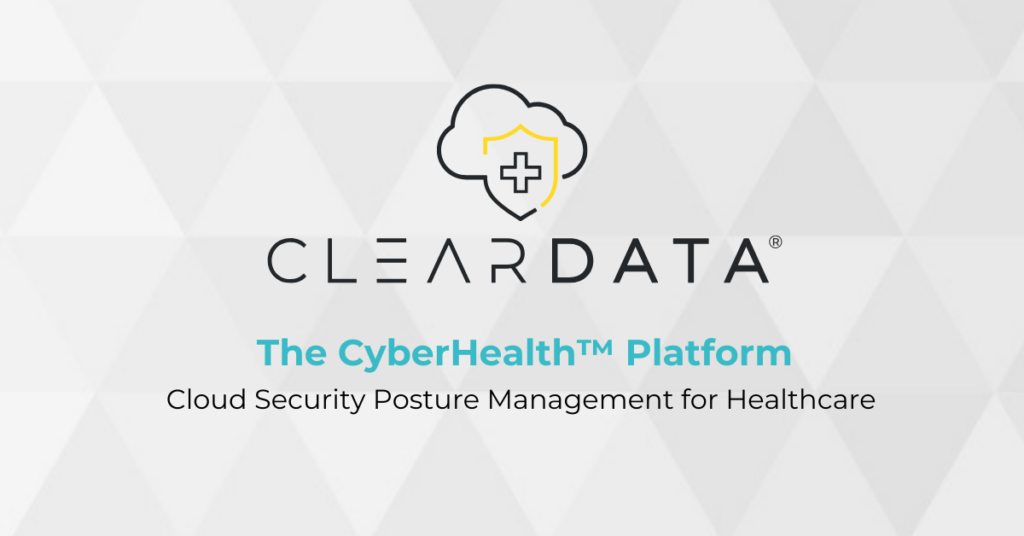These past few years healthcare organizations have seen enormous growth in their ability to gather data about patients. Many might even say it’s overwhelming.
Terabytes of patient data are now being aggregated from a multitude of sources. Electronic health records (EHRs) are one of the largest contributors, of course. But electronic data is also being collected from a plethora of medical devices inside and outside of clinical settings, health information exchanges (HIEs), clinical laboratories, radiology, genomics labs, even the patients themselves. A report from the Institute for Health Technology Transformation (iHT2) stated that the total volume of healthcare data in 2011 was 150 exabytes, and will continue to grow into zetabytes or even yottabytes soon after.
This explosive growth has created two health data management issues for hospitals and healthcare organizations. The first is how to manage it physically. Storage systems and IT departments built for data measured in gigabytes are not suited for the realities of today’s healthcare data requirements.
The second is how to turn all of that data into actionable information. Currently it’s like owning a goldmine – with very few able to take any of the gold out of it. The potential to significantly improve the quality of care and outcomes, increase patient safety and satisfaction, and lower costs resides in that data.
Working with a HIPAA-compliant, cloud-based health data management services provider with healthcare-specific expertise offers a solution to both issues. These cloud providers already have operational data centers capable of securely managing exabytes or even zetabytes of data. Yet to truly offer value, the cloud provider must offer or enable services across all five phases of health data management:
- Acquisition – The cloud services provider must have the ability to take in data from various sources in their native format. It must be able to do it across multiple locations as well. In addition, the data must be encrypted as it travels between the source and the cloud services provider’s data center.
- Transformation – In order to become useful for initiatives such as population health management (PHM) or cost reduction, data from disparate sources must be normalized and synthesized into a format that allows all of it to be used by analytics applications. Cloud services providers who can transform the data in this way bring tremendous added value by saving internal IT departments from this tedious, labor-intensive work.
- Storage – While there are many options for managing and storing data, it is critical to work with a cloud services provider that understands the specific needs surrounding protected health information (PHI). A HITRUST-certified provider is preferred because it offers certified protection across a broad range of standards. The cloud services provider should have the capability to support multiple databases and Big Data suite options, and should ensure that data is encrypted at rest as well as in transit.
- Analysis – While many will offer some or all of the first three phases, top-tier cloud services providers will have the ability to assist healthcare organizations with incorporating Big Data analytics tools that allow subject matter experts to delve into the data and use it to answer the organization’s most pressing questions.
- Presentation – A top-tier cloud services provider will assist healthcare organizations with implementing applications that help convert analysis into a presentable format. It will also help them deliver those results across a wide variety of devices – PCs, tablets, smartphones and the web. It is this capability that helps take healthcare organizations from understanding what needs to be done to creating the actions to make it happen.
Each day more technologies and devices that create health data are being added to those that already exist. Organizations that think they are challenged to manage it now will have even more difficulty in the future.
Moving health data management to the cloud can resolve many of the issues facing hospitals and healthcare organizations, and help them derive the full value of their clinical technology investments.


